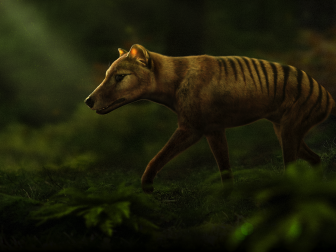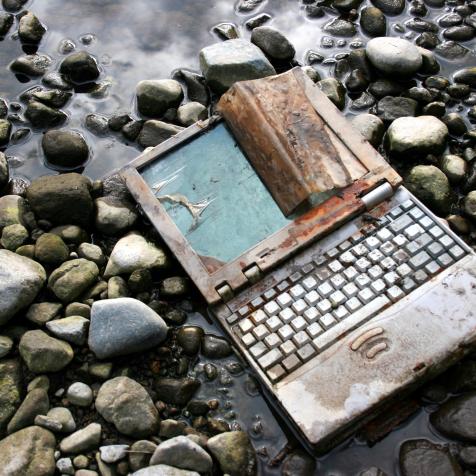
Paul Gilham
Saving Baby Elephants from a Deadly Herpes Virus
One biotechnology company is accelerating efforts to eradicate a fatal disease affecting endangered elephants.
Elephant Endotheliotropic Herpes Virus (“EEHV”) is the leading cause of death in juvenile Asian elephants born in North America and in their natural range countries. With fewer than 52,000 Asian elephants left in the wild, this endangered species has sharply declined over the past 100 years due to humans encroaching on their lands and illegal killing. Asian elephants, known to be engineers of biodiversity, face a high risk of extinction in the wild - and without them, ecosystems would crumble.
Now, genetic engineering and de-extinction company, Colossal Biosciences, is announcing plans to develop a vaccine that would prevent the deadly virus from infecting elephants - both in zoos and in their natural habitats.

“In the wild, elephants are a critical keystone species, a key player in maintaining the biodiversity and health of the ecosystems they inhabit. Disruptive conservation methods rooted in genetics complement existing preservation efforts, and ensure a future for all elephants to thrive,” says Matt James of Colossal.
Colossal previously announced plans to de-extinct the woolly mammoth, which shares 99.6 percent of its genetic ancestry with the endangered Asian elephant.
Colossal Head of Animal Operations, Matt James, and CEO Co-Founder Ben Lamm talked to Discovery about EEHV and what this means for conservation efforts.
Why are elephants under threat of extinction?
JAMES: Both African and Asian elephants are facing extinction due to a multitude of anthropogenic pressures including poaching for ivory, habitat fragmentation, and human-elephant conflict. Additionally, we are beginning to understand the negative effects that Elephant Endotheliotropic Herpes Virus (EEHV) is having on elephant sustainability in the wild.
What is Fatal Elephant Endotheliotropic Herpes Virus (“EEHV”) and why is it so deadly?
JAMES: Elephant endotheliotropic herpesviruses (EEHV) are a type of herpesvirus, which can cause a highly fatal hemorrhagic disease, primarily affecting young elephants. We know that EEHV is a latent virus that the majority of elephants naturally carry and shed on occasion, however, we do not yet fully understand what allows the virus to cause clinical illness in elephants. Calves appear to be most susceptible to EEHV disease after they have been weaned, at a time when they are not protected by their mother’s antibodies. Once the virus takes hold, elephants quickly become critically ill, causing hemorrhagic disease.
Can this virus be passed to humans?
JAMES: EEHV is not a zoonotic disease, a disease that can be transmitted between species from animals to humans. EEHV specifically affects elephants.
Is EEHV a threat to humans?
JAMES: Since EEHV is not a zoonotic disease, it does not directly present any threat to human health. However, EEHV directly affects the long-term viability of elephant species which are keystone species within their environments. The loss of elephants would drastically change the ecosystems in and around their range areas which would have devastating effects on the environments in which humans live.
How long will it take to develop a vaccine?
JAMES: Dr. Paul Ling, at the Baylor College of Medicine, has been tirelessly working on understanding this virus and building a vaccine for more than a decade. Colossal has teamed up with Dr. Ling to accelerate his vaccine development work, providing additional resources and expertise to Dr. Ling's lab that will shorten the time to a vaccine. Currently, we estimate that we are about two years from the first generation of an EEHV vaccine. Colossal's collaboration with Dr. Ling also includes the development of an mRNA-based version of a vaccine that will, hopefully, be ready shortly after the first generation vaccine.
Does this research affect the wooly mammoth de-extinction project?
LAMM: Colossal's commitment to eradicating EEHV's deadly effect on elephants will also serve to protect our future populations of woolly mammoths. This research enhances our understanding of elephant, and therefore mammoth, immune responses and will allow Colossal to arm both elephants and mammoths with traits to protect them against this deadly disease.
Scientists Are Resurrecting the Tasmanian Tiger from Extinction
Colossal Biosciences has announced it has begun work on the de-extinction of the thylacine, an iconic Australian marsupial eradicated by human hunting in 1936. Learn how they plan to do it in an exclusive interview with marsupial evolutionary biologist Andrew Pask Ph.D. and Colossal Co-Founder Ben Lamm.



















